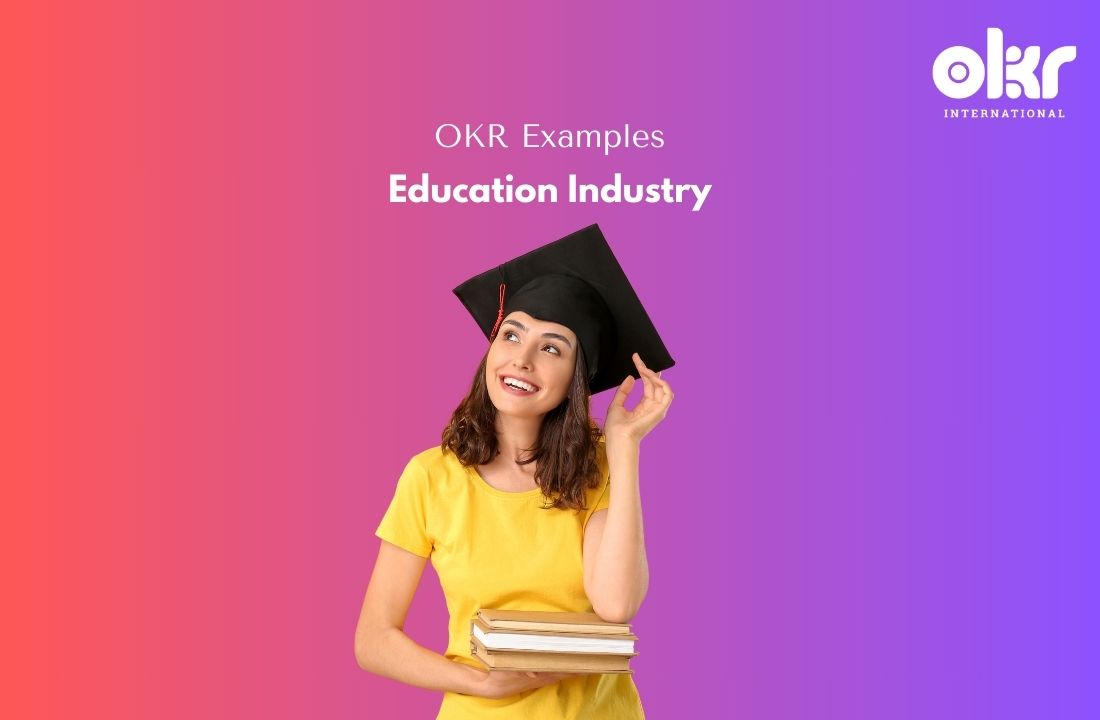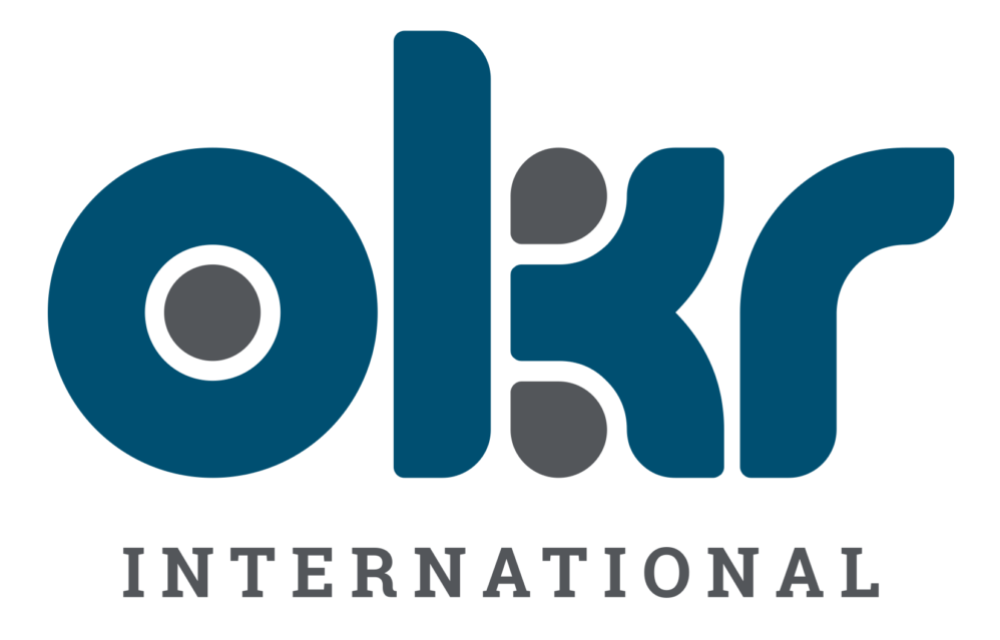10 Insightful OKR Examples in the Education Industry
Education is a dynamic and ever-evolving sector that plays a pivotal role in shaping the future of individuals and societies. To drive progress, foster innovation, and ensure educational excellence, Objectives and Key Results (OKRs) serve as a powerful strategic framework. In this article, we will explore ten insightful OKR examples that are revolutionizing the education industry and propelling it towards a brighter future.
1. Enhancing Student Success
Objective: Improve student success rates and academic achievements.
Key Results:
- Increase the graduation rate by 10% within the next three years.
- Reduce the dropout rate by 15% within the next academic year.
- Improve the average GPA by 0.5 points within the next semester.
2. Expanding Digital Learning Opportunities
Objective: Expand access to digital learning resources and platforms.
Key Results:
- Increase the number of online courses offered by 20% within the next year.
- Enhance the functionality and user experience of the learning management system by 70% within six months.
- Achieve a 30% increase in student enrollment in online programs within the next semester.
3. Strengthening Teacher Professional Development
Objective: Enhance teacher professional development programs.
Key Results:
- Provide professional development training to 100% of teachers within the next academic year.
- Increase the average satisfaction rate of teachers with professional development initiatives by 20% within six months.
- Implement a mentoring program to support 100% of new teachers within the next quarter.
4. Fostering Inclusive Education
Objective: Promote diversity, equity, and inclusivity in education.
Key Results:
- Increase the enrollment of underrepresented students by 15% within the next two years.
- Implement 10 inclusive teaching practices and curriculum modifications within the next semester.
- Establish partnerships with 5 community organizations to support marginalized students within the next quarter.
5. Enhancing Parental Engagement
Objective: Improve parental involvement and engagement in their children’s education.
Key Results:
- Increase the attendance rate of parent-teacher meetings by 25% within the next academic year.
- Launch 1 parent education program to provide resources and support within the next six months.
- Achieve a 90% satisfaction rate among parents with communication and involvement initiatives within the next quarter.
6. Strengthening Education Technology Infrastructure
Objective: Upgrade and optimize the education technology infrastructure.
Key Results:
- Improve the internet connectivity and bandwidth by 80% across all campuses within the next year.
- Provide access to digital devices for 100% of students within the next semester.
- Enhance 5 cybersecurity measures to ensure data privacy and protection within the next quarter.
7. Promoting STEAM Education
Objective: Foster Science, Technology, Engineering, Arts, and Mathematics (STEAM) education.
Key Results:
- Increase the number of STEAM programs and extracurricular activities by 30% within the next two years.
- Enhance partnerships with 10 industry professionals and organizations to provide real-world STEAM experiences within the next semester.
- Achieve a 20% increase in student participation and interest in STEAM subjects within the next quarter.
8. Improving Educational Assessment Methods
Objective: Enhance assessment methods to evaluate student learning effectively.
Key Results:
- Implement 10 formative assessment strategies in 100% of classrooms within the next academic year.
- Incorporate 5 technology-based assessment tools to provide immediate feedback within six months.
- Improve the alignment between assessments and curriculum standards by 80% within the next quarter.
9. Strengthening Community Partnerships
Objective: Develop strong partnerships with local communities and organizations.
Key Results:
- Establish collaborations with 10 community businesses for work-based learning opportunities within the next year.
- Engage 5 community members as guest speakers and mentors within the next semester.
- Organize 12 community events to showcase student achievements and foster community engagement within the next quarter.
10. Promoting Environmental Sustainability
Objective: Integrate environmental sustainability practices into educational activities.
Key Results:
- Implement 5 recycling programs and reduce waste by 30% within the next two years.
- Incorporate environmental education through 5 guest lectures across the curriculum within the next semester.
- Achieve energy efficiency targets and reduce carbon footprint by 20% within the next quarter.
By embracing these OKR examples in the education industry, educational institutions can drive meaningful change, empower students, and create an environment that promotes continuous learning. With focused goals and effective execution, the education sector can revolutionize the way knowledge is acquired, ensuring a brighter future for generations to come.
Through a comprehensive set of objectives and corresponding key results, educational institutions can drive progress, foster innovation, and ensure academic excellence. By focusing on student success, expanding digital learning opportunities, enhancing teacher professional development, fostering inclusive education, strengthening parental engagement, optimizing education technology infrastructure, promoting STEAM education, improving assessment methods, building community partnerships, and promoting environmental sustainability, the education industry can transform the way knowledge is imparted and received. Embracing OKRs empowers educational institutions to redefine the future of education, preparing students for a rapidly evolving world and creating a society that thrives on knowledge and innovation.
FAQs
1. What are OKRs in the education industry? OKRs, or Objectives and Key Results, are a strategic framework used in the education industry to set goals and measure progress. They help educational institutions drive innovation, improve student outcomes, and foster a culture of continuous improvement.
2. How can OKRs benefit students? OKRs benefit students by focusing on their success and academic achievements. By setting objectives related to graduation rates, dropout rates, and GPA improvement, educational institutions can provide a supportive environment that maximizes student potential.
3. Can OKRs improve teacher professional development? Yes, OKRs can enhance teacher professional development programs. By setting objectives to provide training, increase satisfaction rates, and establish mentoring programs, educational institutions can empower teachers and improve the overall quality of education.
4. Why is inclusive education important? Inclusive education ensures that every student, regardless of their background or abilities, has access to quality education. It promotes diversity, equity, and inclusivity, creating an environment where all students can thrive and reach their full potential.
5. How can education technology infrastructure be enhanced? Education technology infrastructure can be enhanced by improving internet connectivity, providing access to digital devices, and ensuring cybersecurity measures are in place. These improvements enable effective online learning, collaboration, and data protection.
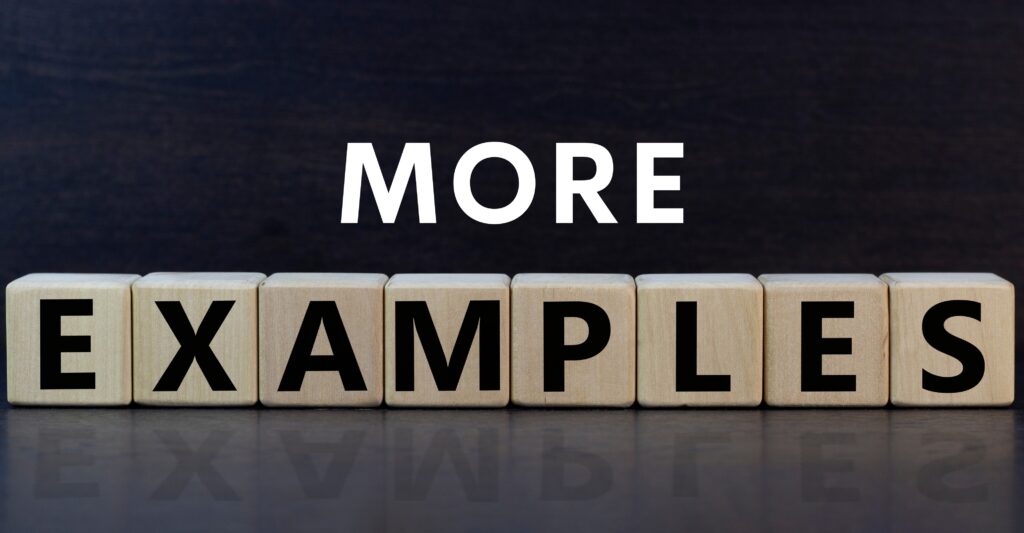
When looking to set OKRs, it’s natural to want examples to ignite the thought process or simply compare yours to OKR Examples. Check out our compendium of OKR Examples here.
Explore Our Range of Services
Bring OKRs (Objectives and Key Results) to your organisation with our tried & tested OKR Framework.

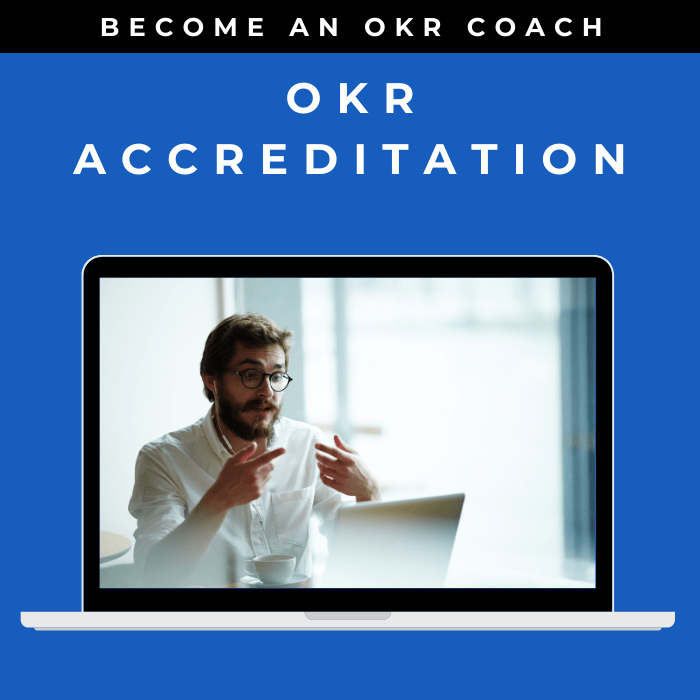
OKR International’s highly acclaimed Certified OKR Practitioner Program is the first and only OKR accreditation endorsed by ICF & HRCI for continuing education units.
OKR International helps leaders create the alignment, engagement and result orientation needed for growth by offering OKR Advisory services.


